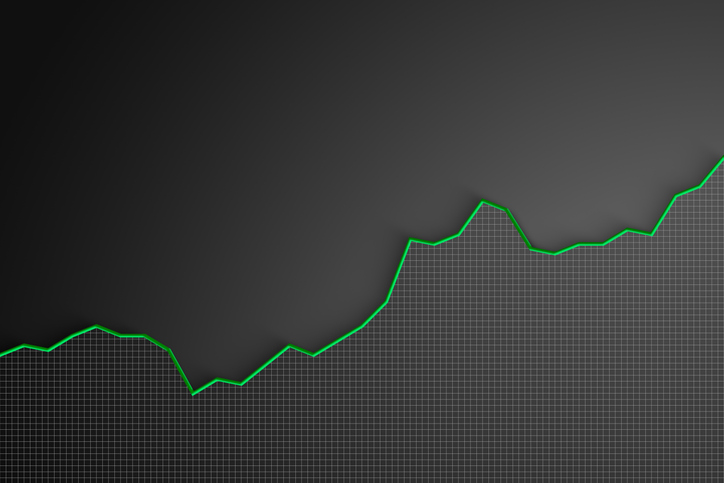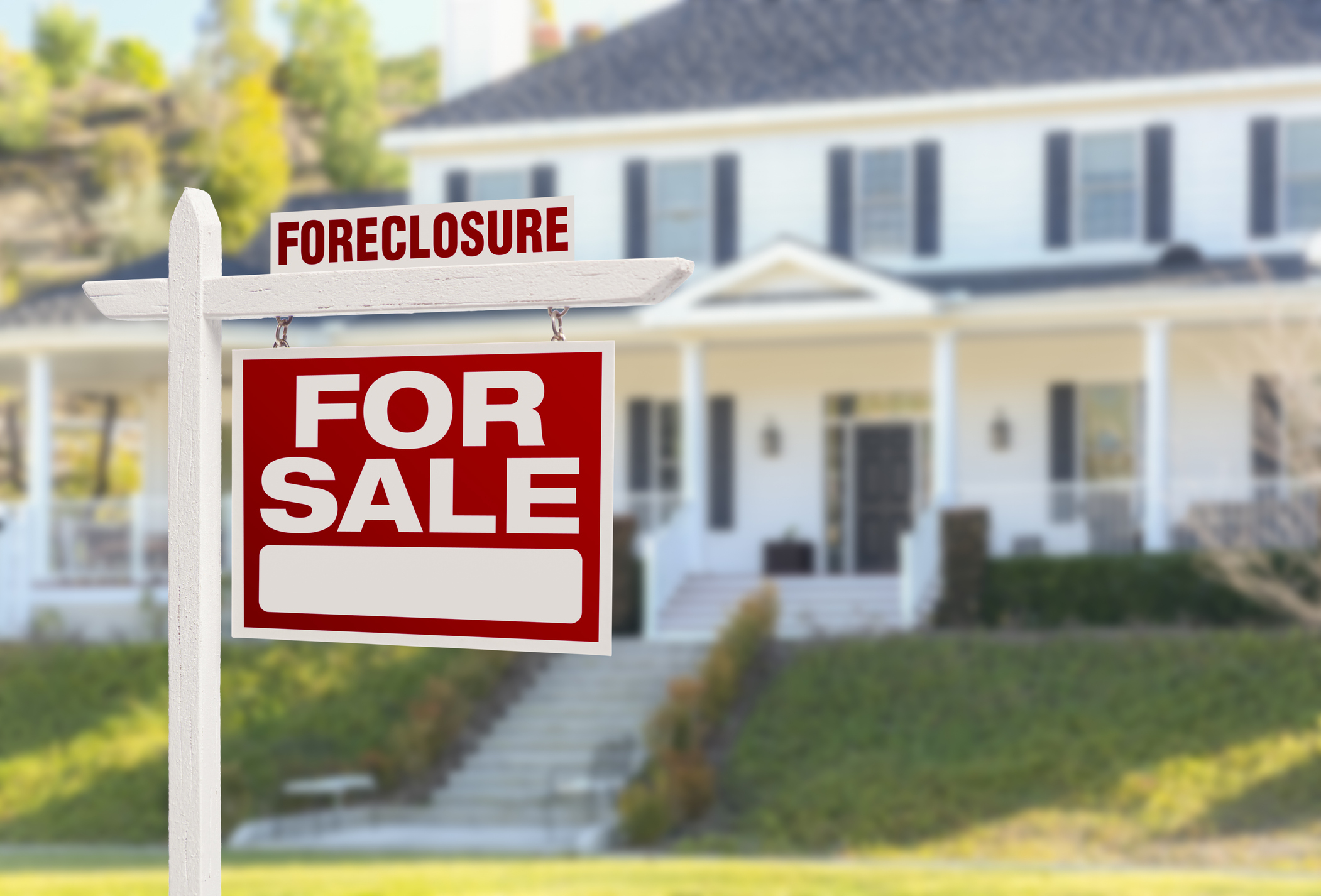Smarter Ways to Water Your Lawn
Water conservation devices are just one way to cut costs.

In the Sunbelt, a single irrigation of an average yard typically consumes 2,000 to 3,000 gallons of water. You can reduce that amount, save money, and achieve a healthier and more environmentally friendly lawn by following these steps.
| Row 0 - Cell 0 | Create a Greener Landscape |
| Row 1 - Cell 0 | 29 Ways to Conserve and Save |
| Row 2 - Cell 0 | Save Energy From the Ground Up |
| Row 3 - Cell 0 | Everything You Need to Go Green |
Get an irrigation audit
If your lawn has a patch that's perpetually wet, or if you're watering the side of your house, your driveway or the street, you know you're wasting water. But if you're depending on an automatic irrigation controller or haven't had your system checked in a while, get a professional audit. Longtime irrigator Judy Benson, in Orange County, Fla., says her clients use an average of 35% less water after an audit, just by amending the irrigation schedule and repairing broken spray heads or other components that may have been leaking.
To find a certified irrigation auditor, visit www.irrigation.org. Benson says that in her area, a visual inspection with a written report detailing water schedules (current and recommended), recommended maintenance and estimated water savings per irrigation cycle costs from $200 to $300. A full audit -- which includes gathering extensive site data and use of "catch cans" to measure how much water the system is laying down at various locations -- is typically reserved for systems that need renovation and runs $400 to $600. The city of Austin, Tex., offers free audits to its heaviest water users, and watershed groups sometimes subsidize audits.

Sign up for Kiplinger’s Free E-Newsletters
Profit and prosper with the best of expert advice on investing, taxes, retirement, personal finance and more - straight to your e-mail.
Profit and prosper with the best of expert advice - straight to your e-mail.
Add water conservation devices
At a minimum, you should have a rain sensor ($50 to $75, plus installation), which turns off your irrigation system when it's raining. Even better is a smart controller (about $300 or more, plus installation). It automatically adjusts the watering schedule based on real-time environmental data or historical data for your region. It can reduce water use by a third, but you may still be overwatering, given that most plants are healthier when slightly drought-stressed, says water-conservation expert Amy Vickers.
Use drip or micro irrigation
This is highly recommended for trees, shrubs and planting beds. Ted Moriarty, a Boston irrigator, says spray irrigation set to provide enough water for turf will dump too much on everything else. Plus, because drip or micro irrigation uses low pressure and is close to the ground, the water goes straight to the roots. On a recent project, Moriarty converted about 20 irrigation spray heads to drip. The project cost about $800, but he says homeowners can recoup the cost via lower water bills over two to three seasons.
Hire licensed irrigator
Whether you're installing a new system or want to repair one, find an irrigator licensed by your state or municipality (this is most meaningful if the license requires specific education). The best irrigators have also been certified as designers, installers or auditors by the Irrigation Association and they partner with EPAUs WaterSense program (at www.epa.gov, search "landscape irrigation services"). You want to avoid "flag throwers and pipe slammers," who create inefficient systems that throw water everywhere but fail to cover your landscape properly, says Benson. If you're installing a new system, it's worth the extra 15% to 30% cost to hire a certified designer.
Get Kiplinger Today newsletter — free
Profit and prosper with the best of Kiplinger's advice on investing, taxes, retirement, personal finance and much more. Delivered daily. Enter your email in the box and click Sign Me Up.

-
 Stock Market Today: Stocks Soar on China Trade Talk Hopes
Stock Market Today: Stocks Soar on China Trade Talk HopesTreasury Secretary Bessent said current U.S.-China trade relations are unsustainable and signaled hopes for negotiations.
By Karee Venema
-
 2026 Disney Dining Plan Returns: Free Dining for Kids & Resort Benefits
2026 Disney Dining Plan Returns: Free Dining for Kids & Resort BenefitsPlan your 2026 Walt Disney World vacation now. Learn about the returning Disney Dining Plan, how kids aged three to nine eat free, and the exclusive benefits of staying at a Disney Resort hotel.
By Carla Ayers
-
 How to Search For Foreclosures Near You: Best Websites for Listings
How to Search For Foreclosures Near You: Best Websites for ListingsMaking Your Money Last Searching for a foreclosed home? These top-rated foreclosure websites — including free, paid and government options — can help you find listings near you.
By Bob Niedt
-
 Luxury Home Prices Rise as the Rich Dodge High Mortgage Rates
Luxury Home Prices Rise as the Rich Dodge High Mortgage RatesLuxury home prices rose 9% to the highest third-quarter level on record, Redfin reports, growing nearly three times faster than non-luxury prices.
By Kathryn Pomroy
-
 Four Tips for Renting Out Your Home on Airbnb
Four Tips for Renting Out Your Home on Airbnbreal estate Here's what you should know before listing your home on Airbnb.
By Miriam Cross
-
 Five Ways to Shop for a Low Mortgage Rate
Five Ways to Shop for a Low Mortgage RateBecoming a Homeowner Mortgage rates are high this year, but you can still find an affordable loan with these tips.
By Daniel Bortz
-
 Looking to Relocate? Plan for Climate Change
Looking to Relocate? Plan for Climate Changebuying a home Extreme weather events are on the rise. If you’re moving, make sure your new home is protected from climate change disasters.
By Rivan V. Stinson
-
 Retirees, A Healthy Condo Has a Flush Reserve Fund
Retirees, A Healthy Condo Has a Flush Reserve FundSmart Buying Reserve funds for a third of homeowner and condo associations have insufficient cash, experts say. Here are some cautionary steps you should take.
By Patricia Mertz Esswein
-
 Cash Home Buyers: New Services Offer Help Making All-Cash Offers
Cash Home Buyers: New Services Offer Help Making All-Cash OffersBecoming a Homeowner Some firms help home buyers make all-cash offers on homes. Weigh the fees before you sign on.
By Emma Patch
-
 Home Sale Prices in the 50 Largest Metro Areas
Home Sale Prices in the 50 Largest Metro AreasBecoming a Homeowner What’s happening in the market where you live?
By the editors of Kiplinger's Personal Finance